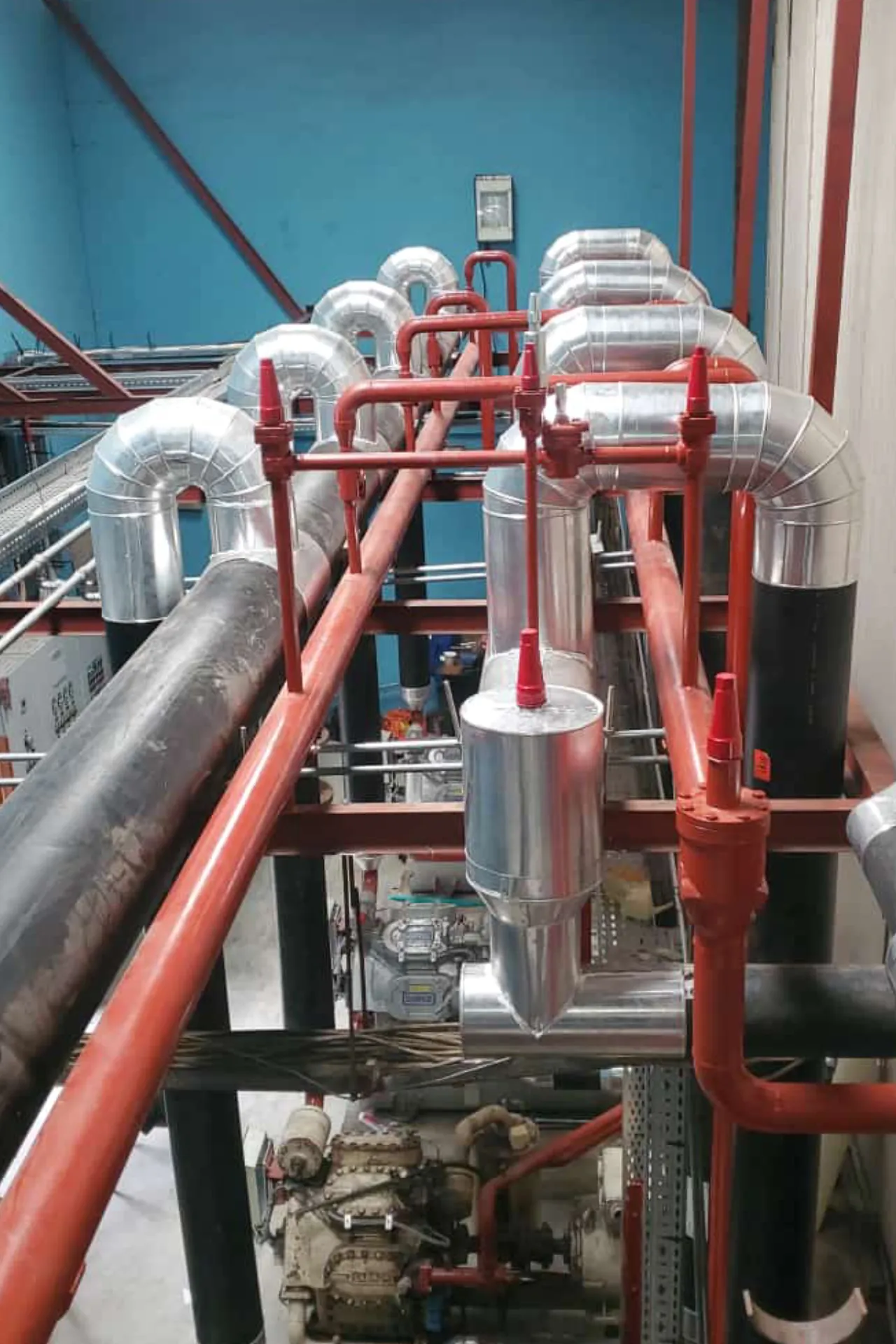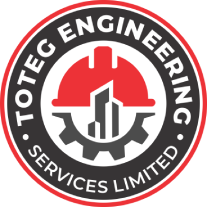Pipe fitting is a critical aspect of plumbing and piping systems, involving the installation, assembly, and maintenance of piping systems used in various applications, from residential plumbing to industrial processes. Here’s a comprehensive overview of pipe fitting:
1. Pipe Fitting Basics
- Definition: Pipe fitting involves the joining and configuring of pipes and their components to create a complete piping system. This can include cutting, threading, welding, and securing pipes to ensure they function correctly within a system.
- Materials: Common materials used in pipe fitting include:
- Steel: Used for strength and durability, especially in industrial applications.
- PVC (Polyvinyl Chloride): Lightweight, resistant to corrosion, and used in residential and commercial plumbing.
- CPVC (Chlorinated Polyvinyl Chloride): Similar to PVC but with higher temperature resistance.
- Copper: Used in residential plumbing for its resistance to corrosion and ease of installation.
- Pex (Cross-linked Polyethylene): Flexible and used in modern plumbing systems for ease of installation.
2. Types of Pipe Fittings
- Elbows: Used to change the direction of the pipe. Common angles are 45° and 90°.
- Tees: Allow for the branching of the pipe into two directions.
- Reducers: Connect pipes of different diameters, reducing or increasing the flow size.
- Couplings: Join two pieces of pipe together.
- Unions: Similar to couplings but allow for easy disconnection and reconnection of pipes.
- Flanges: Used to connect pipes to other equipment or to each other with bolts.
- Caps and Plugs: Used to close the end of a pipe or fitting.
3. Pipe Fitting Techniques
- Cutting: Pipes are cut to the required length using saws or pipe cutters.
- Threading: Pipes are threaded to allow for screw connections.
- Bending: Pipes can be bent to fit specific angles and layouts using pipe benders.
- Welding: For metal pipes, welding is used to join sections together permanently.
- Soldering: Common in copper pipe fittings, involving melting a filler metal to join pipes.
- Compression Fittings: Used to create a seal by compressing a fitting onto the pipe.
4. Installation Process
- Planning and Design: Assessing the requirements of the piping system and creating a layout that ensures efficient and safe operation.
- Measuring and Cutting: Accurately measuring and cutting pipes to fit the design specifications.
- Joining Pipes: Using appropriate fittings and techniques to assemble the piping system.
- Testing: Conducting pressure tests and inspections to ensure that the system is leak-proof and functioning correctly.
- Insulating: Adding insulation to pipes, if necessary, to protect against temperature extremes and energy loss.
5. Safety and Compliance
- Codes and Standards: Adhering to local building codes and standards, such as those from the American Society of Mechanical Engineers (ASME) or the International Plumbing Code (IPC).
- Safety Measures: Using personal protective equipment (PPE), such as gloves and safety glasses, and following safe practices when handling tools and materials.
6. Applications
- Residential Plumbing: Installation and maintenance of water supply and drainage systems in homes.
- Commercial Plumbing: Larger-scale plumbing systems for buildings such as offices, restaurants, and hotels.
- Industrial Piping: Complex piping systems in factories, refineries, and plants for transporting fluids, gases, and chemicals.
- HVAC Systems: Piping for heating, ventilation, and air conditioning systems.
7. Tools and Equipment
- Pipe Cutters: For cutting pipes to length.
- Pipe Benders: For creating curved sections of pipe.
- Threading Machines: For creating threads on metal pipes.
- Wrenches and Torque Tools: For tightening fittings and connections.
- Pipe Inspection Tools: Such as cameras and pressure testers to ensure the integrity of the system.


